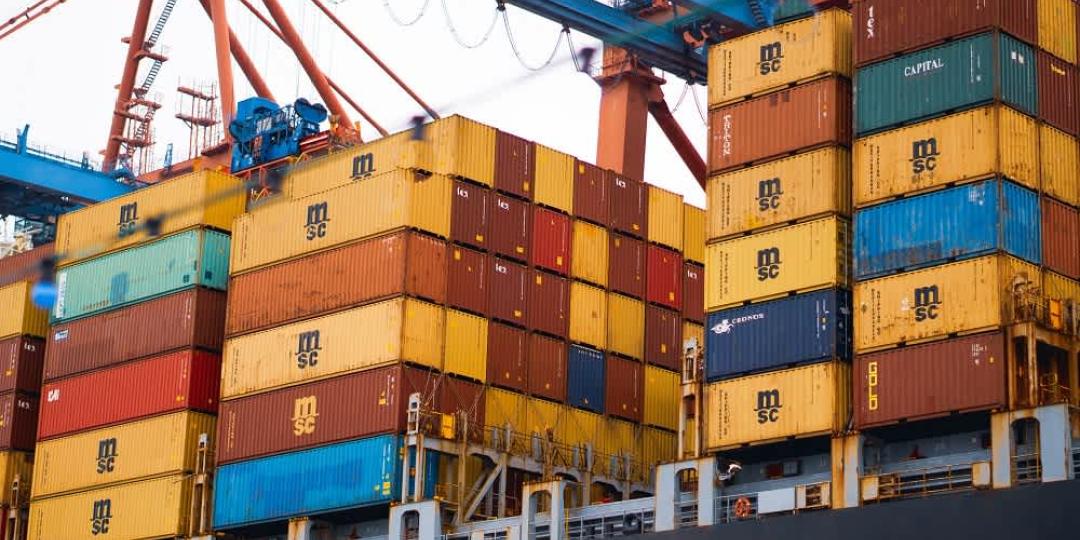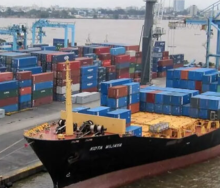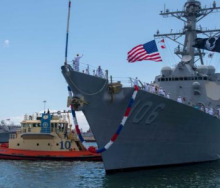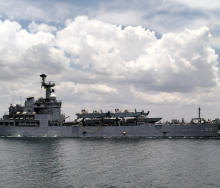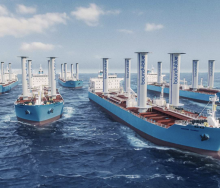Shipping lines’ rates bonanza is due to come to an abrupt halt this year, with rates currently not far above pre-Covid levels.
The World Container Index compiled by London-based Drewry Shipping Consultants is down 77% - and it may slide further, signalling the end of a record earnings run for shippers.
Container spot rates started to slip in early 2022 and their downward trajectory accelerated in the second half of the year.
According to the maritime consultancy, a price war among shipping companies is now expected. “Slowing growth amid high inflation and interest rates in the US, and an energy crisis in Europe, may culminate in recession. And the demand cliff comes as the shipping industry is also preparing for a massive delivery of new vessels.”
2023 will see the largest-ever addition of new ship capacity - about 2.5 million TEUs - unless some deliveries are deferred, by Drewry’s calculation. “Shipping companies will struggle to manage a simultaneous decline in global trade and a surge in ship supply unless they can form alliances to curtail sailings, sell excess capacity, and convince clients to sign on to long-term contracts.”
As reported yesterday, shippers are likely to “come for revenge” as circumstances change. (https://tinyurl.com/5n73msnw).
Shipping lines will no longer be in the driving seat.
Christian Roeloffs, chief executive of Hamburg's Container xChange, an online platform for container logistics, believes freight forwarders will be able to go window shopping quite a lot in 2023 - especially in the early parts of the year.
“In 2023, there is a high possibility of an all-out price war. It doesn’t seem that the capacity restrictions that we have seen in the past two years are due to return, so we’ll just have ample capacity both on the vessel as well as on the container side. With the competitive dynamics in the container shipping and liner industry, I don’t expect especially the big players to hold back, and we do expect prices to come down to almost variable costs. We also foresee market consolidation,” said Roeloffs.
“This is starting with carriers defaulting and reducing their fleet. Recently, there was news about CHINA United Lines, an emerging carrier on transpacific and Asia-Europe services, being at risk of defaulting on a charter party, involving more than 10 containerships.”
Roeloffs believes we will continue to see efforts towards diversification of supply chain sourcing and manufacturing out of China. “This is a long-term view, and it will need vision and strategy from companies looking for a more resilient supply chain. We will witness increased container volumes intra-Asia and more countries will emerge as potential alternatives - like Vietnam, India and more.”
To think of the situation from a more macro-lens, says Container xChange cofounder Dr Johannes Schlingmeier, it seems that what has been experienced in the past three years is a natural reaction of market forces of demand and supply resulting from the disruptions like Covid-19 and subsequent lockdowns, the war in Ukraine by Russia, geopolitical risks and many more.
“Container prices skyrocketed soon after the pandemic hit because there were not enough containers to fulfil the rising demand, and that’s when retailers and importers started to stock much more in advance to avoid the historic port congestions. The pre-peak season in 2022 saw record container throughput in import-heavy ports. Now that the stocks have been filled, the demand is plummeting. Inflation and the energy crisis are leading up to cautious spending, which will have its own impact on the container industry.
“The shipping industry will survive this, and we will again start to see normal activity levels in the future, though not immediate future. The good part is that the worst is behind us.”
